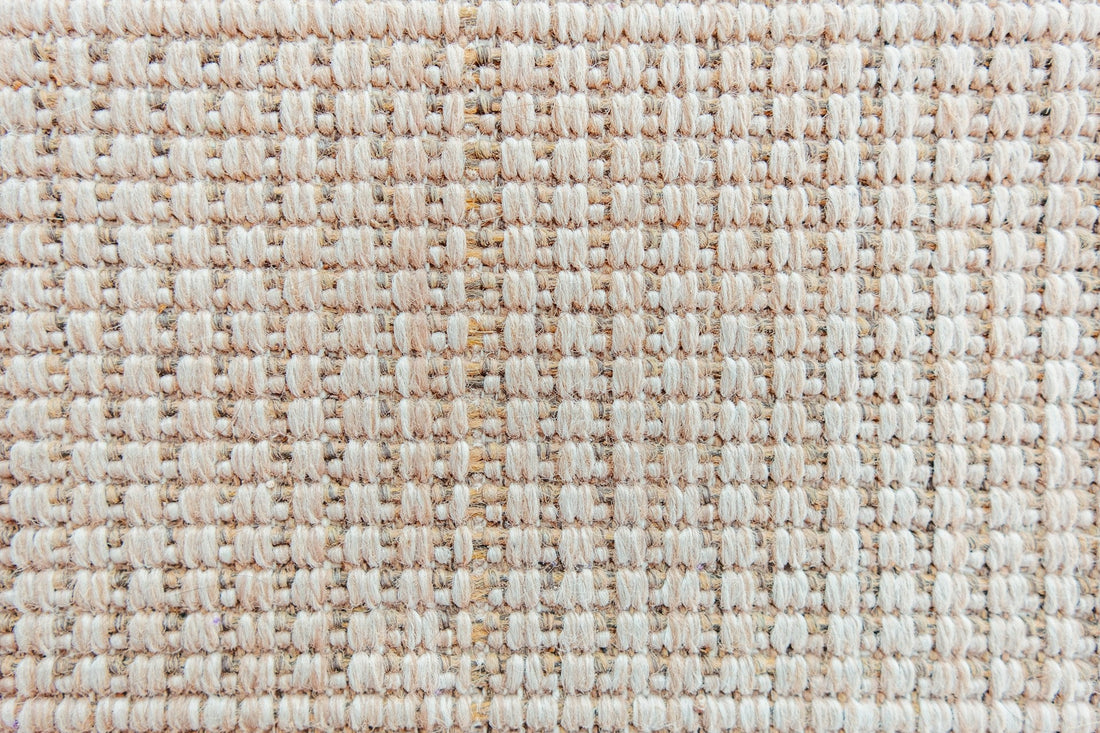American made area rugs are often made with strong craftsmanship and high-quality materials, which is why many people want them to last for as long as possible. Daily use, seasonal air changes, and shifting furniture can cause wear, but nothing can shorten a rug's life faster than poor storage. When it comes time to put one away, how you do it makes a big difference in how well it holds up.
Storing your rug the wrong way can lead to issues like fading, mildew, and even pest damage. It might seem like rolling it up and throwing it in the garage will do, but that quick fix can ruin the rug’s shape or trap moisture inside the fibers. If you're in Frisco and getting ready to store your rug before the winter holidays or to clear space for a room makeover, following a few simple steps can save you money and stress later on.
Pre-Storage Preparation
The first thing to do before storing your rug long-term is clean it. Rugs can hold a lot more than visible dirt. Dust, crumbs, and other leftovers settle deep in the fibers. If stored like this, those materials can cause staining and bad smells. Even worse, a dirty rug may attract bugs that feed on organic fibers like wool.
Start by vacuuming thoroughly. Move in both directions and don’t forget the edges. If it’s a handmade or older rug, use the gentlest vacuum setting or a handheld vacuum. Afterward, take time to spot clean any noticeable marks with a product that won’t damage the colors. If it smells musty or has seen a lot of foot traffic, you might want to have it cleaned professionally by someone who specializes in high-quality rugs.
After cleaning, make sure the rug is completely dry. Damp rugs in storage are a perfect target for mold and mildew. Even if it feels dry on the surface, moisture can still be trapped deeper in the fabric. Hang it over a clean railing or lay it flat with a fan or dehumidifier nearby. Don’t rush this step. Depending on the humidity around Frisco, it could take more than a day to dry out fully.
Before you pack it, inspect the whole rug. Look for frayed edges, loose threads, or sections that look worn. Fixing small problems now can keep them from getting worse in storage. A small tear can become a big rip because of the pressure from a tight roll. Once clean, dry, and fully checked, it’s ready for the next step.
Choosing The Right Storage Location
Where you store your rug matters just as much as how you roll and wrap it. American made area rugs are sensitive to light, moisture, and heat, even when out of sight. The wrong storage space can turn a beautiful rug into one that’s faded or worse when you bring it back out.
Choose a place that stays dry, ventilated, and away from direct sunlight year-round. Moisture brings mold. Light, even indirect sunlight, can fade the edges that stick out. Good options include closets, spare rooms, or under beds, assuming those spaces stay dry in all seasons. Not every room in a Frisco home is built for long-term rug storage.
Here are a few do’s and don’ts when it comes to picking a storage spot:
1. Do choose indoor spaces with stable air flow and temperature.
2. Do use a climate-controlled storage unit if you're short on space at home.
3. Don’t store rugs in basements. They’re often damp, especially in older homes.
4. Don’t use attics unless they are fully finished and insulated.
5. Don’t place your rolled rug directly on cold concrete floors, especially in a garage.
Pick a spot where you won’t forget about it. If the rug's going to be there for months, occasionally checking in can help you catch any growing issues. A clean, dry space with airflow gives your rug the best shot at coming back out the same way it went in.
Proper Storage Methods
How you roll and wrap your rug really matters. Folding sounds easy, but it creates deep creases that are hard to flatten later. Always roll, never fold. Rolling keeps the rug’s structure tight and reduces the chance of fiber damage or shape distortion.
Start the roll from the end with the pile facing inside. This adds a little protection to the surface design. Don’t roll it too loosely or too tightly. A tight roll puts too much pressure on the backing and fibers. Aim for something snug so that the rug holds its shape without being forced.
Once rolled, wrap the rug with something that breathes. Avoid plastic. Moisture gets trapped inside plastic and can lead to mildew or staining. Use clean cotton sheets or muslin cloth. These allow air to flow while protecting the rug from dust and insects.
Equally important is where you place the wrapped roll. Never let it rest directly on concrete or wooden floors. Floors can hold moisture, especially if the air in the room changes through the seasons. Here are a few ways to keep your rug off the ground:
1. Place wood planks or bricks underneath to raise it a few inches.
2. Don’t set heavy boxes or furniture on top of the rug.
3. If storing upright, support the rug fully from top to bottom so it doesn’t sag or collapse.
Picture storing a nice winter coat. You wouldn’t cram it into a plastic bag and shove it in a damp basement. Give your rug the same level of care and it’ll reward you when it’s time to bring it back into your space.
Regular Maintenance Checks
Storing a rug is not a set-it-and-forget-it deal. If you’re serious about keeping it in good shape, you’ll need to check on it once in a while. Small issues can turn into ruined rugs if you don’t catch them fast.
Add a reminder to inspect your rug every month or two. Here's what you should look for:
1. Feel around for any moisture on the floor or rug material.
2. Peek under the wrapping for soft spots, musty smells, or signs of mildew.
3. Watch for bug activity, like moths or beetles crawling near the outer wrap.
4. If the wrapping material is torn, damp, or dirty, swap it out for a fresh cloth.
If it’s been in storage longer than six months, unroll it indoors and lay it flat for a day. This gives the fibers a break and lets you do a deeper inspection. If it looks tired or dusty, consider a quick professional cleaning before putting it away again.
Many Frisco residents store their rugs during seasonal decorating or long travel periods. Whether it's a short-term need or several months away, regular checks are a low-effort way to protect your investment and avoid buying a new rug before its time.
Keeping Your Rug in Great Shape for the Long Haul
Proper care doesn’t stop when you roll your rug up. Every step, from cleaning and drying to picking a safe storage spot, plays a part in how fresh and vibrant the rug stays. A careful roll, a breathable wrap, and a raised spot off the floor can make all the difference once you're ready to unroll it again.
Sticking to a simple maintenance routine goes a long way. A few checks a season, a little airflow now and then, and attention to early warning signs keep issues at bay. American made area rugs often carry value beyond their price tag, whether in their materials or sentimental meaning. Give them a bit of protection while they’re tucked away and they’ll be ready to bring color and comfort back into your home whenever you need them.
When you're ready to keep your American made area rugs looking their best for years to come, count on RugTown to help with the upkeep and storage tips you need. Browse our collection to find handcrafted pieces that bring lasting beauty and comfort to your space.

